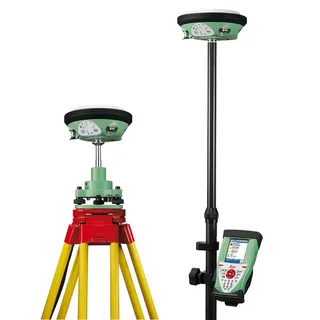Global Navigation Satellite Systems (GNSS) have become indispensable in modern life, supporting everything from personal navigation to precision agriculture and autonomous systems. However, the real magic happens behind the scenes—within the realm of gnss signal processing. This complex field deals with extracting useful information from satellite signals, ensuring high accuracy and reliability even under challenging conditions.
Understanding GNSS Signal Processing
GNSS signal processing refers to the methods and algorithms used to interpret raw signals received from satellites. The goal is to determine position, velocity, and time (PVT) with precision. Satellites from systems like GPS (USA), GLONASS (Russia), Galileo (EU), and BeiDou (China) continuously transmit radio signals. Receivers decode these signals to calculate user location using triangulation.
The processing chain typically includes:
- Acquisition: Identifying which satellites are visible.
- Tracking: Monitoring signal parameters over time.
- Demodulation: Extracting navigation data.
- Position Calculation: Estimating the user’s location.
Each of these steps requires robust techniques to ensure accuracy and efficiency.
Key Techniques in GNSS Signal Processing
Advancements in GNSS signal processing rely on several sophisticated techniques, each addressing specific signal characteristics and environmental challenges.
1. Correlation Techniques
Correlation is the backbone of GNSS signal acquisition and tracking. The receiver generates a replica of the expected signal and compares it with the incoming one to find alignment, which helps determine distance from the satellite.
2. Carrier Phase Tracking
Used for high-precision applications, this technique involves tracking the phase of the carrier wave rather than just the code. It’s particularly useful in Real-Time Kinematic (RTK) and Precise Point Positioning (PPP) methods.
3. Multipath Mitigation
Signals often bounce off surfaces before reaching the receiver, causing errors. Advanced signal processing filters and algorithms are designed to identify and reduce these multipath effects.
4. Interference and Jamming Rejection
With the growing risk of signal interference, modern techniques include adaptive filtering, beamforming, and the use of multi-frequency receivers to maintain performance under hostile conditions.
Challenges in GNSS Signal Processing
Despite its advancements, GNSS signal processing faces several critical challenges that can compromise system performance.
1. Weak Signal Environment
Urban canyons, forests, and indoor settings often weaken or block signals, making it harder for receivers to acquire and track satellites.
2. Ionospheric and Tropospheric Delays
Variations in the atmosphere can distort satellite signals. While dual-frequency receivers can compensate for some of these effects, accurate modeling remains essential.
3. Spoofing and Cybersecurity Threats
Spoofing involves broadcasting fake GNSS signals to mislead receivers. Combating this requires enhanced signal authentication and detection algorithms.
4. Integration with Other Sensors
To improve reliability, especially in GNSS-denied environments, integration with inertial sensors, LiDAR, and computer vision is becoming more common. However, fusing data from multiple sources adds complexity to signal processing algorithms.
Conclusion
GNSS signal processing: techniques and challenges continue to evolve as demands for higher accuracy and reliability grow across industries. From smart cities to autonomous vehicles, the need for robust and secure signal interpretation is more critical than ever. As researchers and engineers push the boundaries of technology, overcoming these challenges will define the next era of satellite navigation.


